Getting Started in VCV
Modular synthesis has been around for decades, but with the rise of digital technology, it’s become more accessible than ever. Then came VCV, Cardinal, Mirack to name a few. VCV Rack is a free and open-source software that allows you to explore the world of modular synthesis in a virtual environment. In this post, we’ll discuss the three types of modules in modular synthesis, the differences between VCV Rack and VCV Rack Pro, how to use VCV Rack in Ableton Live, essential free modules, and the benefits of using master sequences and modulations.
Creating sounds, then modulate them
Modular synthesis involves building a sound-generating system out of individual modules.
There are three types of modules: sound generators, sound modifiers, and signal movers.
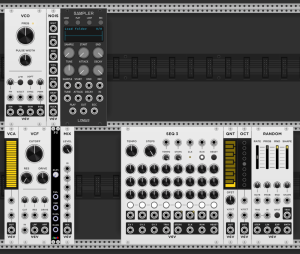
Sound generators create the initial sound, sound modifiers shape the sound, and signal movers control the flow of the sound through the system. By combining these modules in different ways, you can create complex and unique sounds that would be difficult to achieve with traditional synthesizers.
VCV Rack is a popular modular synthesizer software that emulates a modular synthesizer system. It offers a vast library of modules, including sound generators, sound modifiers, and signal movers. While VCV Rack is a free and open-source software, VCV Rack Pro offers additional modules and features for a fee. These additional modules and features can enhance your sound design capabilities and workflow, but the free version of VCV Rack is still a powerful tool that can be used to create amazing sounds.
If you’re an Ableton Live user, you can use VCV Rack as a plugin in Ableton Live. This allows you to control and record VCV Rack within the Ableton Live environment. You can use Ableton Live’s MIDI clips to trigger VCV Rack modules and automate parameters in real-time. This integration makes it easy to incorporate VCV Rack into your production workflow.
Essential modules
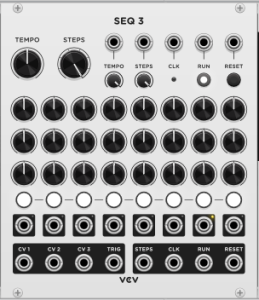
When it comes to essential free modules, there are a few that every modular synthesizer enthusiast should have. For sequencers, the SEQ-3 module is a great starting point. It offers three independent sequencers with up to 16 steps each. The reason why you want to have a sequencer with 3 built in sequences is because you can use them for not only melody making but also for other types of modulations like velocity.
The VCO-1 (VCV) module is a simple yet powerful oscillator that can produce a wide range of 4 different wave shapes: sine, triangular, saw and square.The idea is usually to pair this with the 4 input mixer from VCV where you can decide how much of each sources you want to use to create your own signal. I would encourage you to add a noise source (VCV again) and have a bigger mixer such as the 8 inputs by Bog Audio and then add some noise to it. Noise seems to gel all of it together and also add harmonic content.
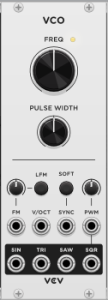

For filters, the VCF-1 (VCV) module is a great choice. It offers low-pass, high-pass, and band-pass filter modes, as well as a resonance control for shaping the filter’s frequency response. But I would also high recommend the simple VCF from Bog audio because it has more options (filter curve slope and v/oct) which is super useful for shaping your sound.
The heart and the brain
One of the biggest benefits of using VCV Rack is the ability to use master sequences and modulations. Master sequences are sequences that control multiple modules at once. This allows you to create complex patterns that evolve over time. Modulations are similar to master sequences, but they can be used to control any parameter in any module. This allows you to create dynamic and evolving compositions that change over time.
I put them into 2 categories:
The heart: Anything related to the tempo of the song. Is it constant or broken? Everything will be in sync or not, some might be following the tempo but perhaps double speed or half.
The Brain: This is for modulations that will be affecting multiple parameters across the patch such as scaling, transition, melodies/hooks, velocity, accent and even mixing.
Starting kit for a patch:
I’d recommend building a template patch to start with that has the essentials to get started. Then you can start adding to it. I think it’s important to start fairly simple too because it can easily get complicated.
Main tempo (Brain):
- Simply use a LFO. I love the 4FO from Bog Audio because it features 4 of them at different phases.
- Then I’d add a divider to have a different multiple and speed from the heart. You could use Clocked by Impromptu both for tempo and divider but I prefer an LFO for tempo because the modulation is easier.
- I love to have multiple dividers so my full sequence is offering 1/4th, 1/8th, 1/16th steps covered so I can decide what to populate and where.
Hook (heart):
- This is where you could SEQ-3. It has 3 lanes so you could also have 3 variations.
- Quantizer for global scale: use the VCV one.
- I’d use a sequential switch to go through the lanes. Count Modula has a few but I also like the switch by ML Module because of the various options it has.
Voices:
- Use samples or oscillators of your choice but you’ll need an ADSR, a VCA and 2 filters so you can properly control the signal. I’d add an octave shifter so you can have one voice per octave.
- I find Bog audio has everything you need here or you can use the default modules by VCV.
- You’ll need a mixer for all those voices. I’d recommend the one by MindMeld. It is perfect.
Percussions:
- Using the SEQ 3’s sequencing, you can use that as triggers for your percussion.
- I’d use a Bernoulli Gate to add probabilities to your percussion or switch between sounds. The one by Audible Instruments will do the trick.
Modulation:
- One master LFO. Again, a 4FO would do.
- One master random. Use the random module from VCV.
Conclusion and Using VCV Rack In Ableton
In conclusion, VCV Rack is a powerful tool for exploring the world of modular synthesis. It offers a vast library of modules, including sound generators, sound modifiers, and signal movers. The free version of VCV Rack is a great starting point, but the pro version offers additional modules and features that can enhance your sound design capabilities and workflow. If you’re an Ableton Live user, you can easily integrate VCV Rack into your production workflow. Essential free modules like the SEQ-3, VCO-1, and VCF-1 can help you get started with creating complex and unique sounds. Master sequences and modulations allow you to create dynamic and evolving compositions that change over time. With VCV Rack, the possibilities are endless, and the only limit is your imagination.



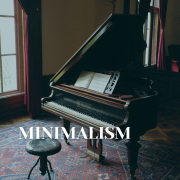


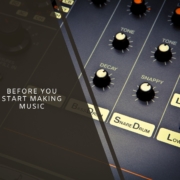

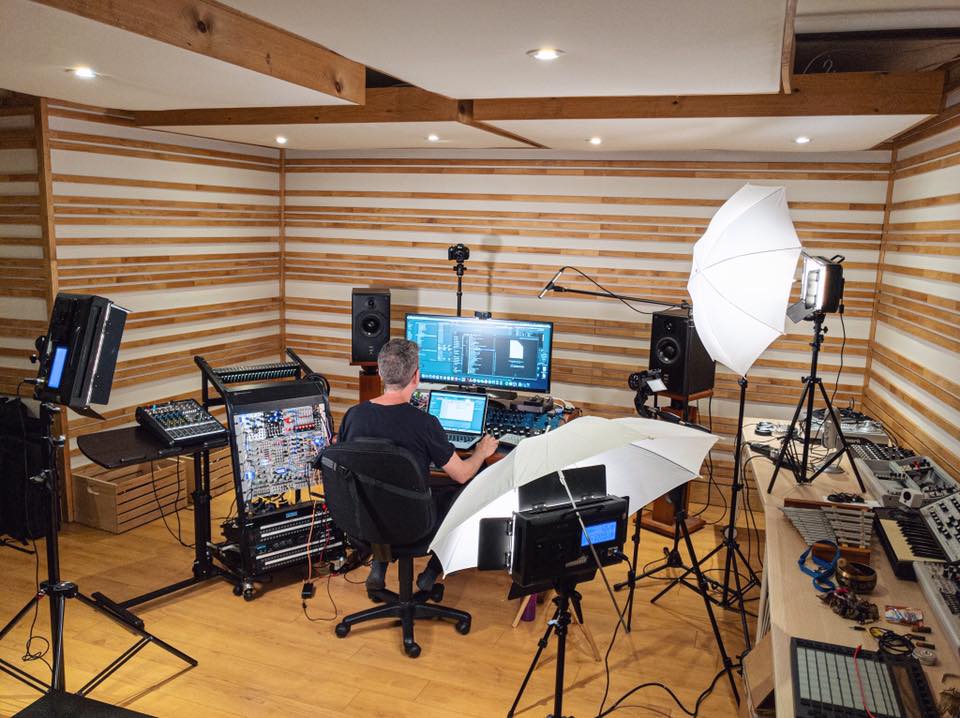



Leave a Reply
Want to join the discussion?Feel free to contribute!